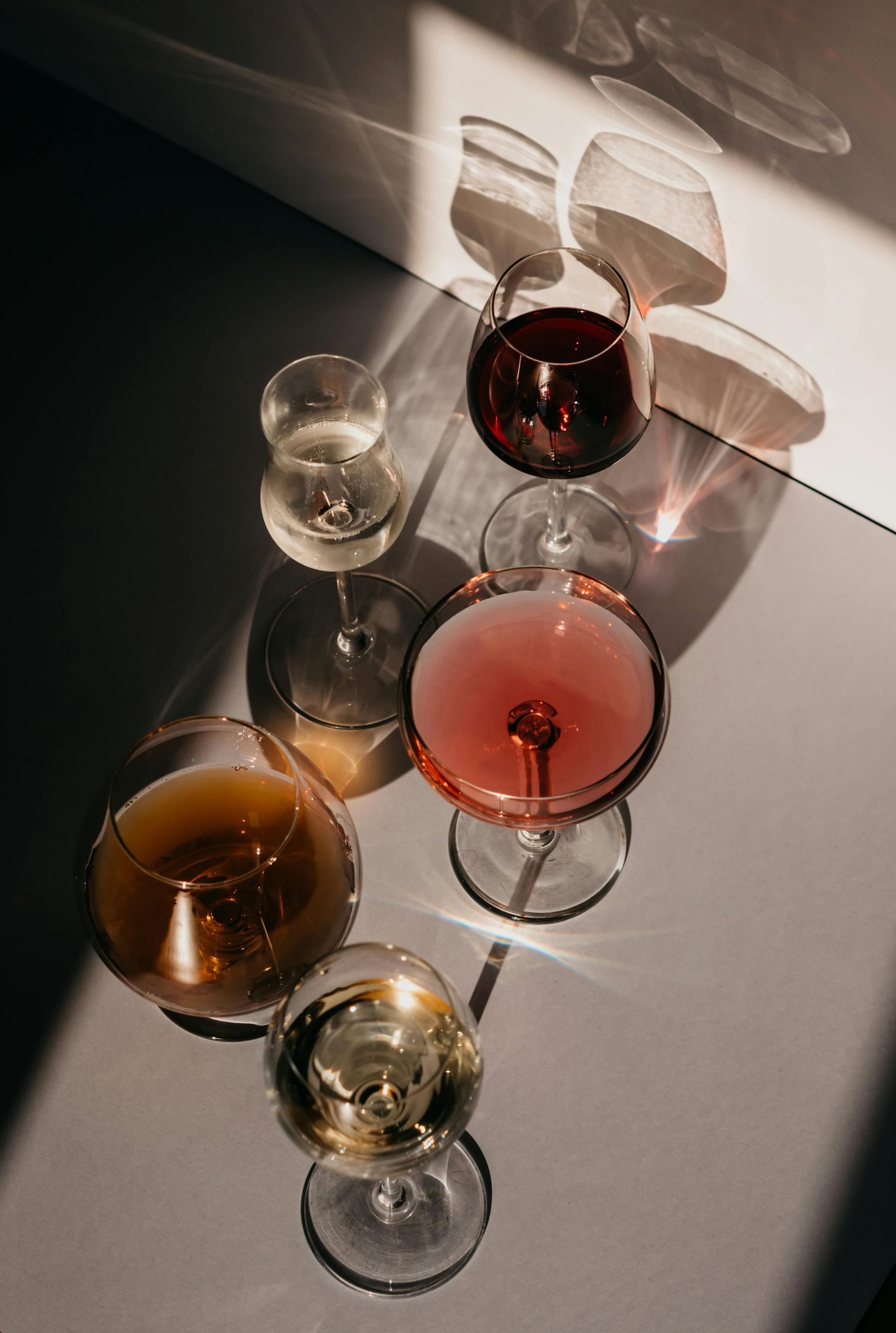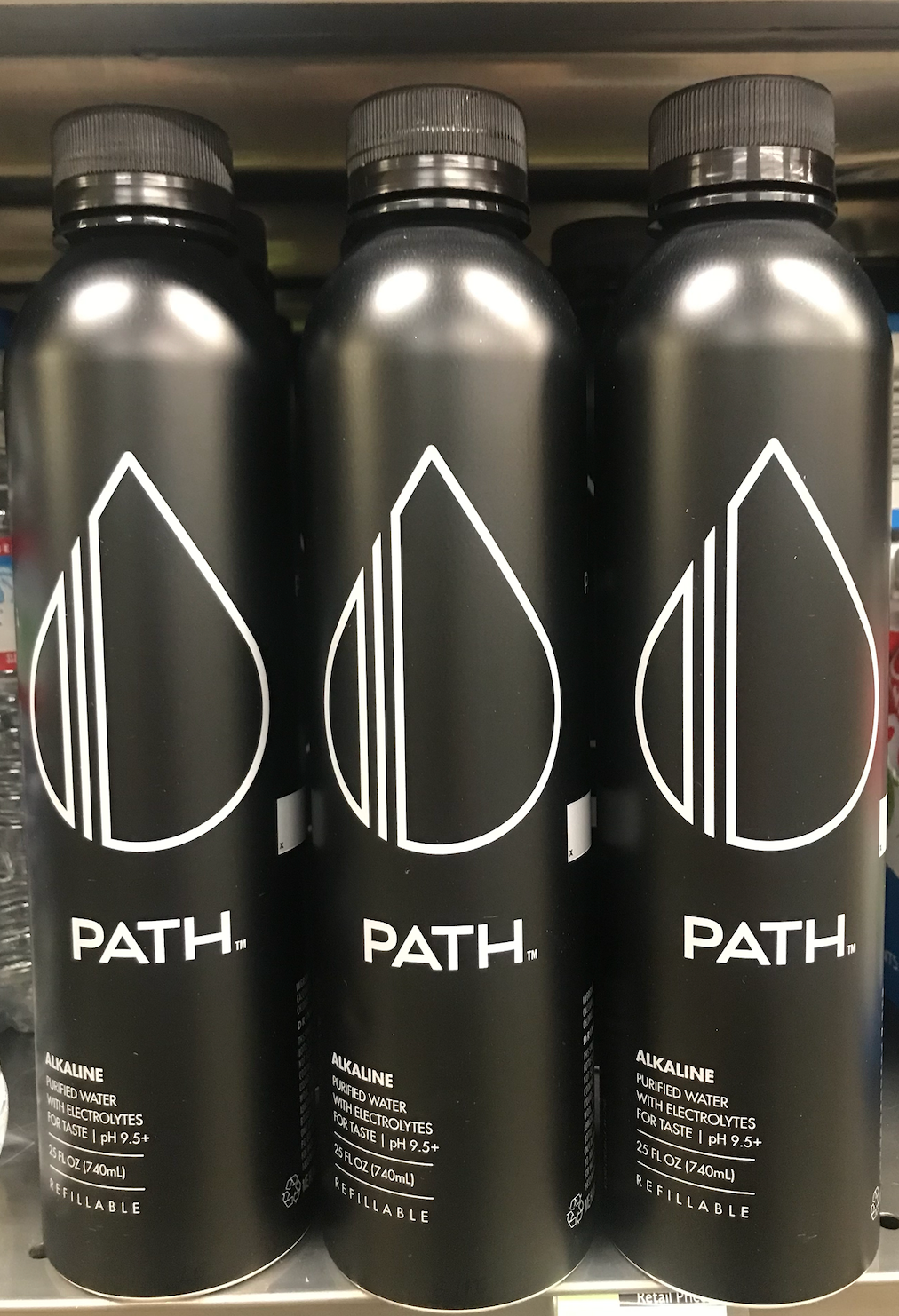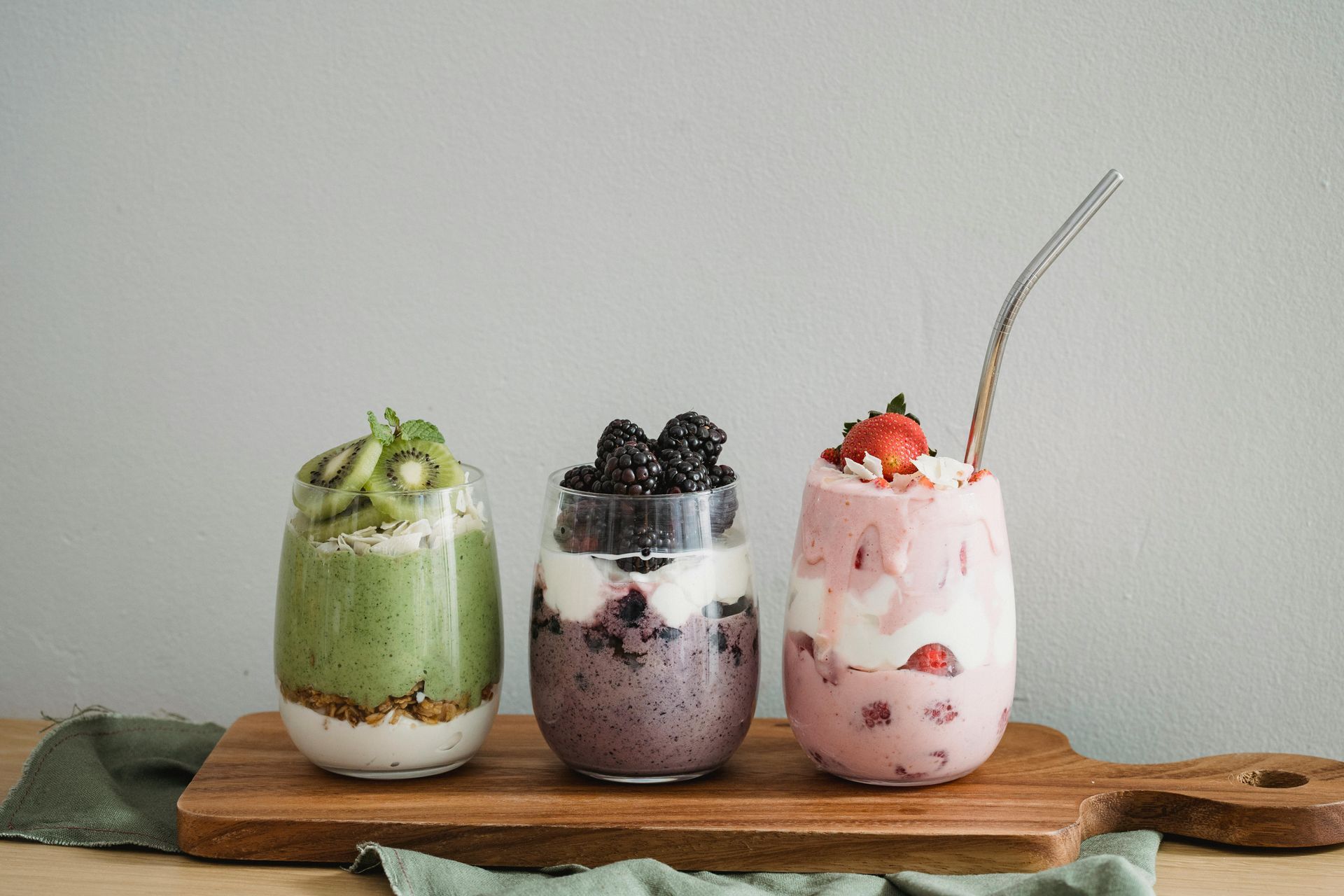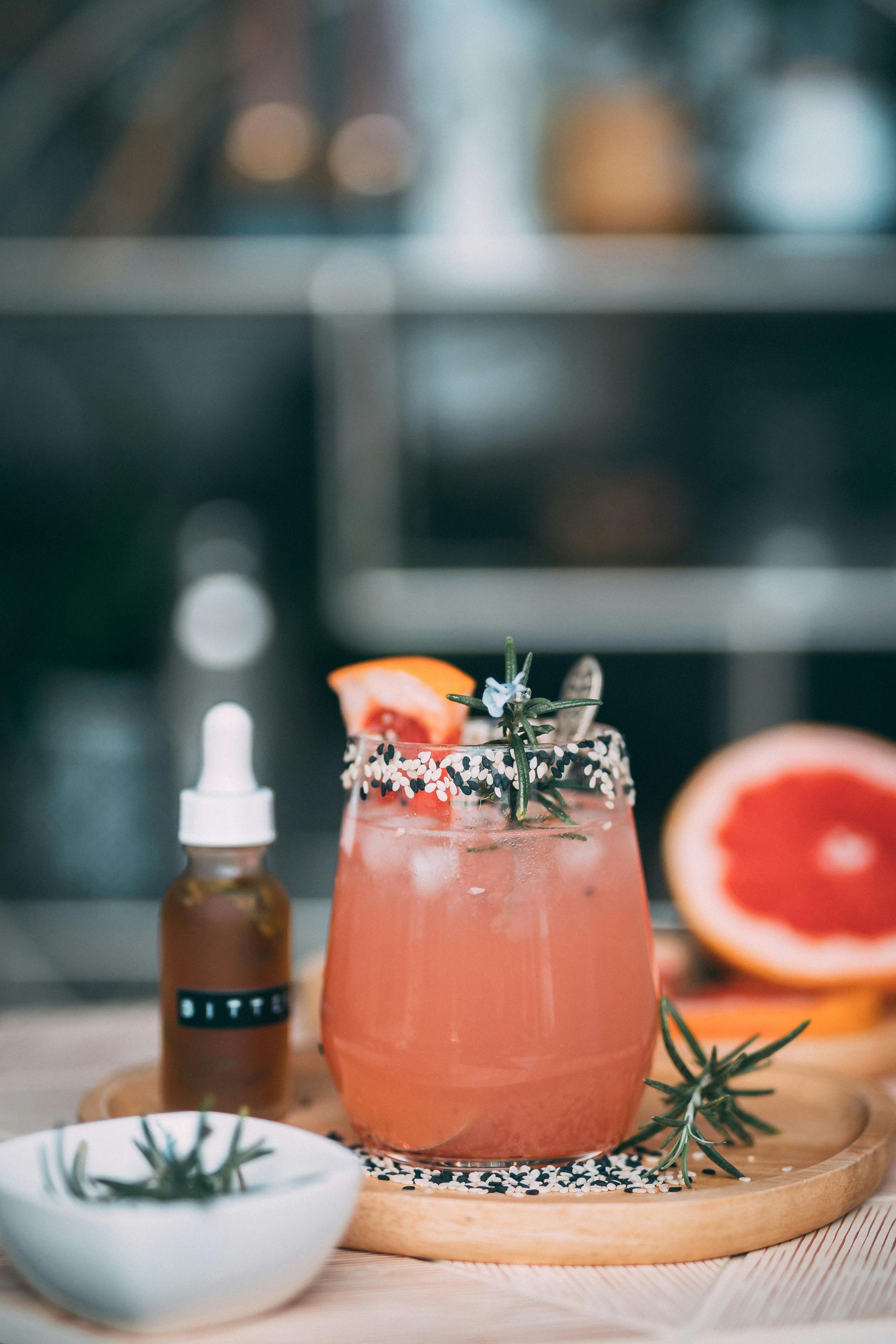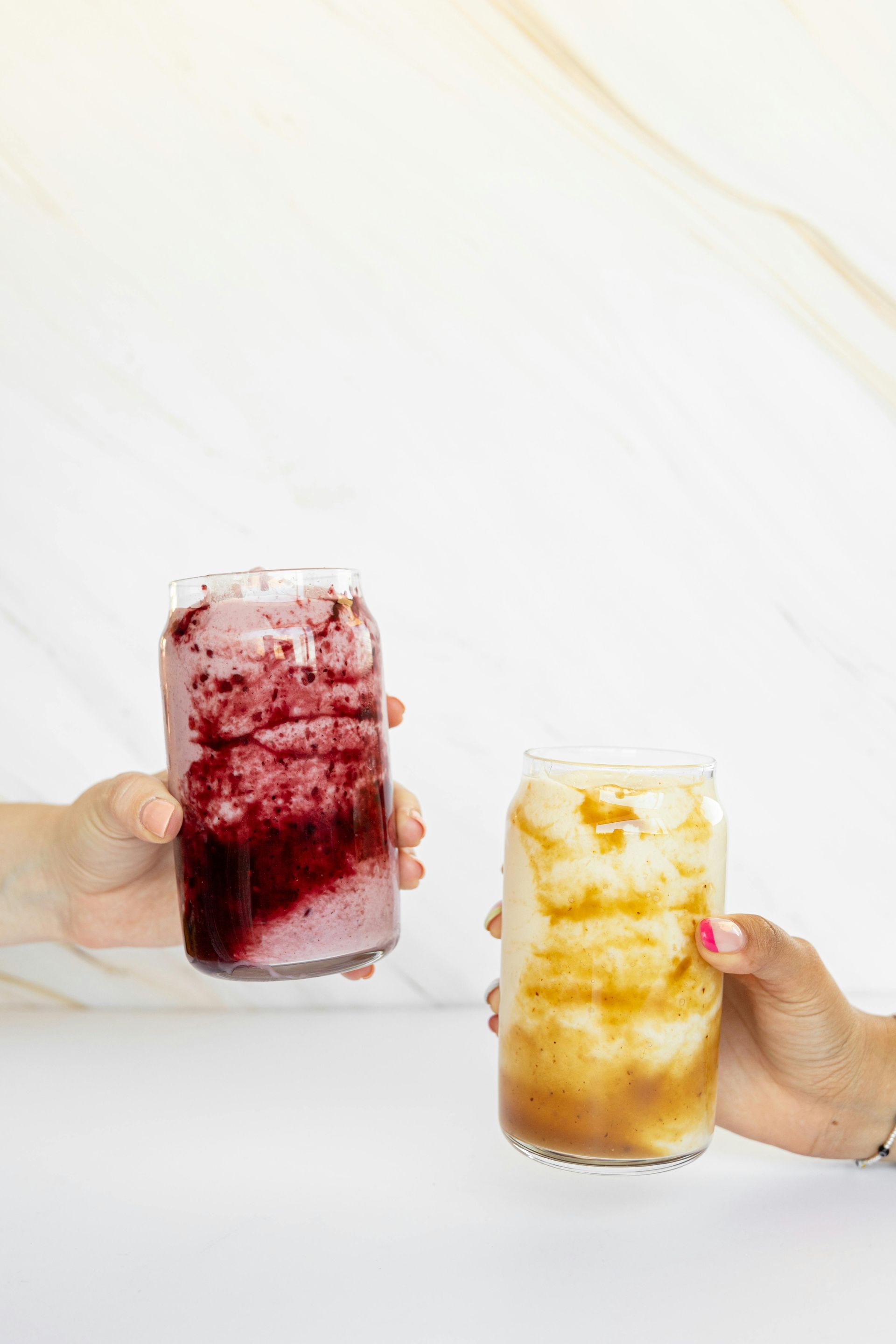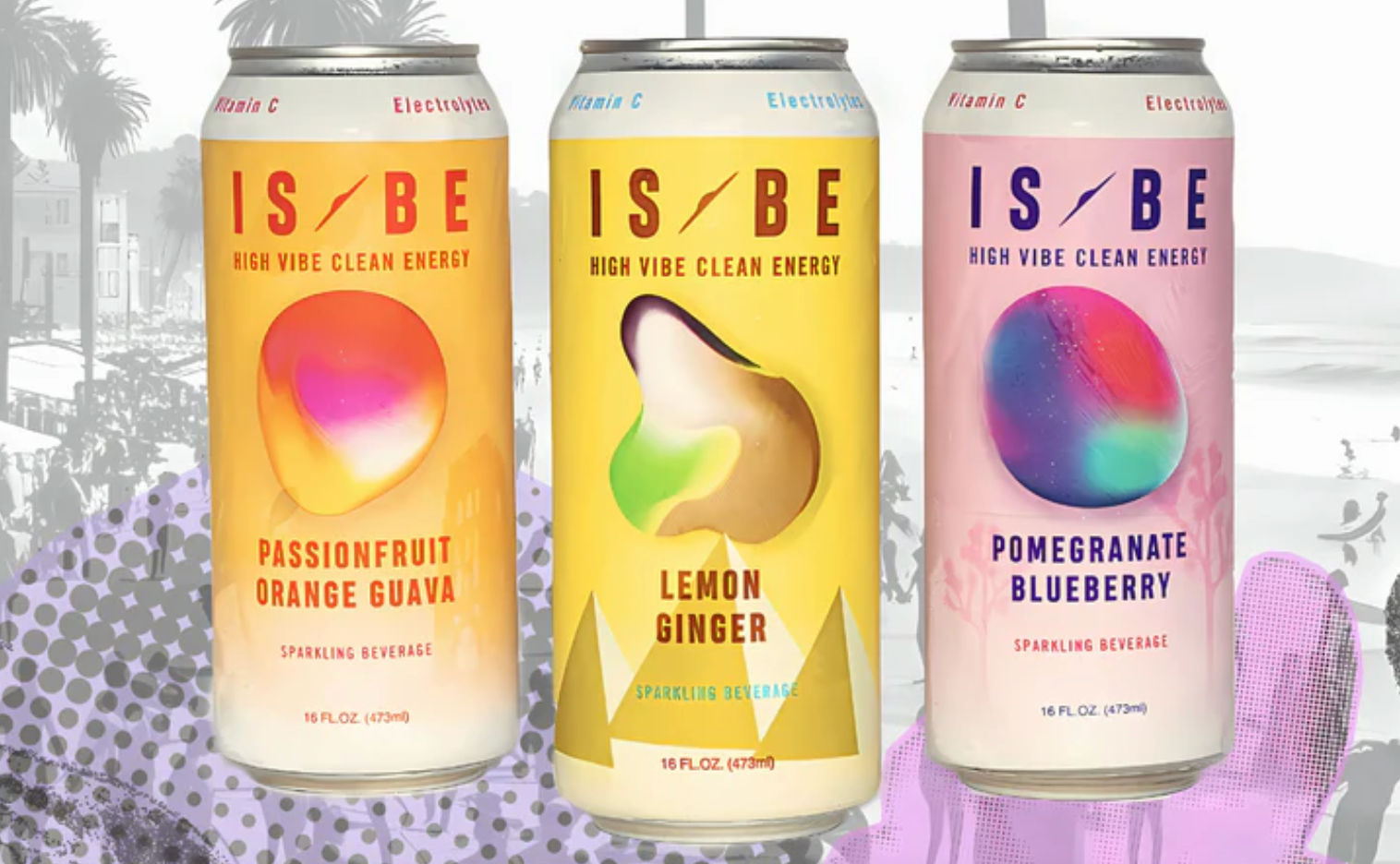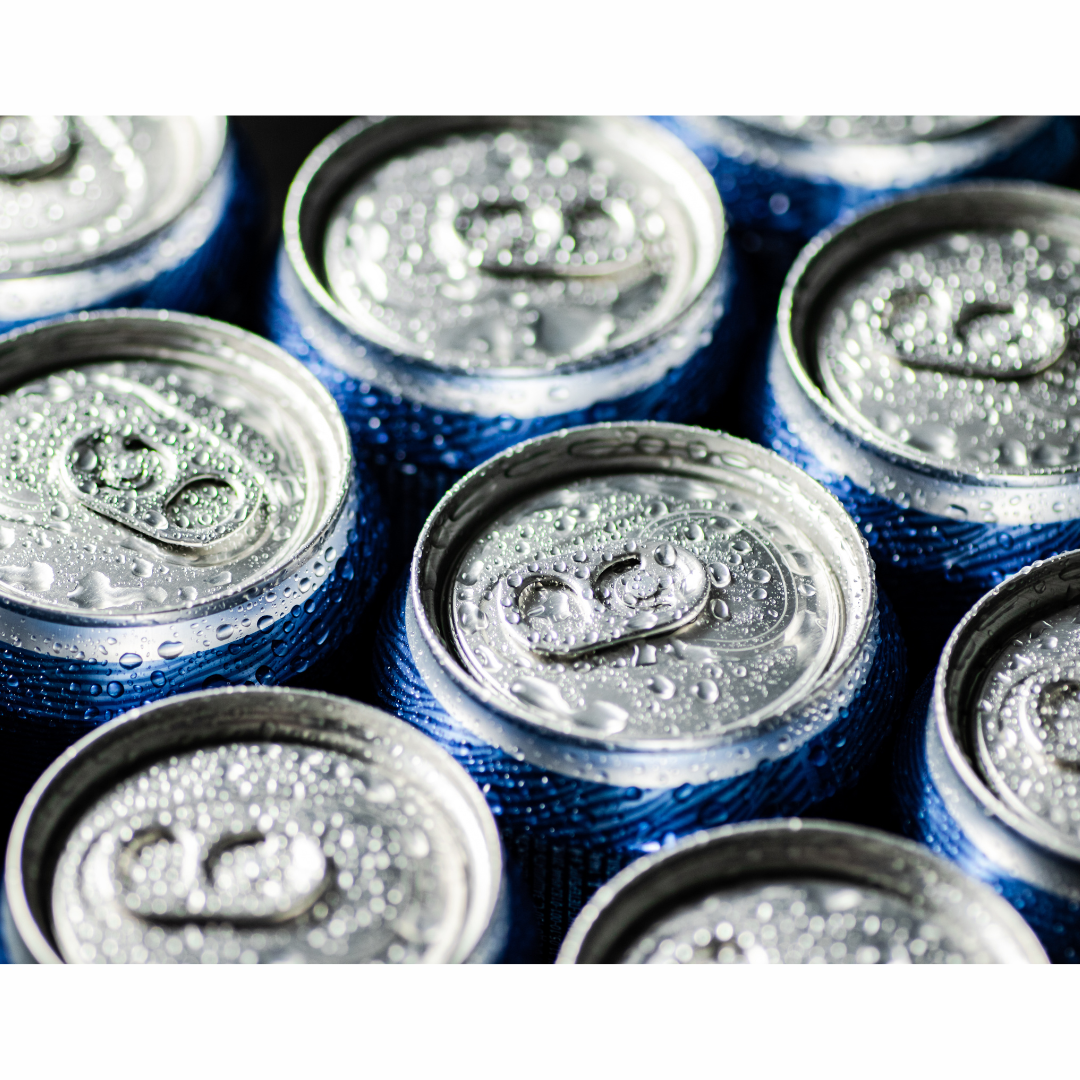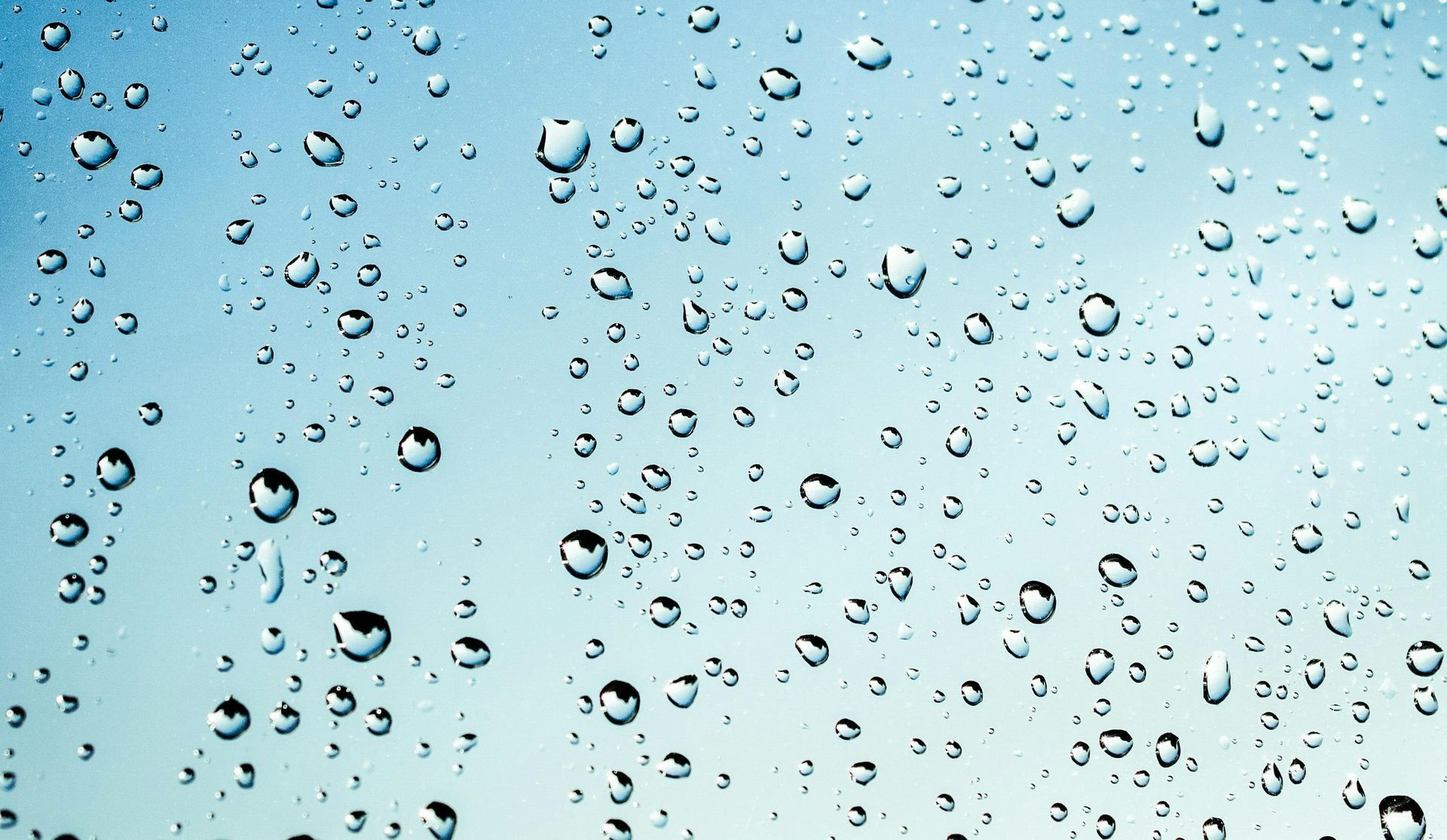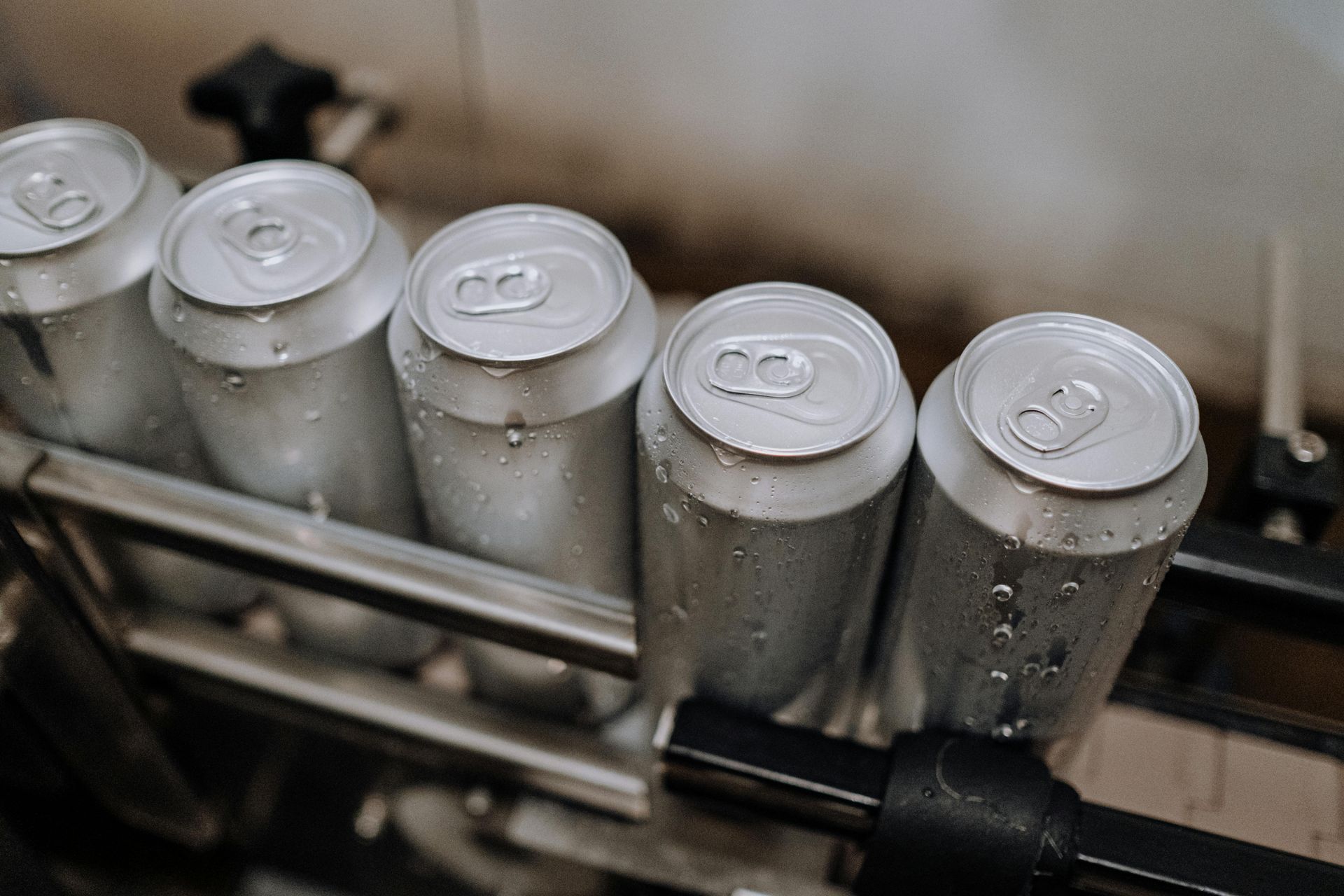Thinking of co-packing a water beverage?
Thinking of copacking a water beverage?
Water is a simple beverage, but over the years, the water industry has seen significant growth. It first started with water being more portable with the increase in plastic water bottles in the 1970's and 1980's. The craze started back then because bottled water was said to have safer and better filtration than tap water. Plastic water bottles were also more portable. Fast forward to today and the grocery store shelves are stocked with different types of water. Let’s look at some of the popular sparkling water brands and see how they can influence your new water beverage project.
I have to admit that I didn’t know what Topo Chico was. I first thought it was a hard seltzer. I had no idea it was a sparkling water. I’d even see billboards on the freeway and still had no idea what kind of beverage Topo Chico was. I had no idea what was being sold. But, is that the point of marketing? We get out our phone and we Google or we ask our friends at our weekly lunch if they know about this new glass bottled product.There hype that’s created in the unknown. I had to find out from my daughter’s friend that it was actually water that was being sold. The ten year old had a bottle of it in her room as some kind of collectors item. And, up until today, I had no idea Topo Chico was a fizzy beverage.
Topo- Chico has been bottled from the source in Mexico since 1895. Fast forward to a few years ago and millennials were the ones to give the old brand a hit, cool vibe. The story goes that in the 1400’s the Aztec Emperor Montezuma’s daughter got sick. Nothing could cure her until one day the emperor’s priest sent the girl to a spring that was said to have powers that cure. The girl drank from the spring and got well. In 1895, a company bottled the water and in 2017, Coca-Cola Company purchased Topo-Chico for $220 million.
Move over La Croix, because Topo-Chico is the new sparkling water in town. There’s a few different features that sets Topo Chico apart from the other sparkling beverages. Some say that Topo Chico has the right amount of bubbles and that the bubbles last longer when the product is poured into a glass. When you talk about waters, there’s still and sparkling. When making a sparkling product you want to add carbonation. Carbonation is said to help your senses by helping with the aroma of the product. Those bubbles also create a special feeling in your mouth.
The sparkling water category of beverages has increased over the last few years. The growth in this category was because of a few different things. Mostly, the increase in sparkling water had to do with health. Drinking water with bubbles with zero sugar because a health craze. Sparkling water also became a product that was associated with non-alcoholic beverages. Sparkling water would be considered a zero proof beverage that is low in calories and low in carbohydrates.
La Croix actually entered the sparkling water beverage category back in 1980. They were owned by G. Heileman Brewing Company, who started their brewery in 1897 manufacturing 3,000 barrel of beer a year. The brewery diversified and made their La Croix sparkling water beverage and by the 1990’s the brand was worth $25 million, however because of the companies “lack of experience” outside of the beer industry, they ended up selling the sparkling beverage brand to National Beverage. La Croix sparkling water was marketed as an “anti-Perrier” product and designed their product to be more bold and colorful. Take some beverage flavor advice from La Croix! Here’s a list of their flavors: lemon, lime, cran raspberry, orange, berry, grapefruit, coconut, peach-pear, apricot, mango, passionfruit, tangerine, key lime, hibiscus, limoncello, watermelon, plum, black raspberry, guava, and cherry.
Like La Croix and Topo Chico, these brands have a long history. Both sold to larger beverage companies and became even more well known. Sometimes, it’s about holding on to your product until it moves into the popular products category.
Bubbly beverages are taking over! If you want to copack a water product, consider adding a little buzz to your beverage. If you add carbonation to your beverage, know that the quantity of carbonation in a beverage can impact the flavor, mouthfeel, and palatability of the beverage.
Looking at the top selling sparkling water brand in the world, San Pelligreno is the leader. This sparkling water brand was started in 1899 when Italians would travel to the foot of the Alps to collect the famous water. Their history is very interesting and found on their website https://www.sanpellegrino.com/us/identity-history/our-history . In 2010, Pelligreno diversified their water by offering flavored canned beverages - Melograno & Arancia, Clementina, Limone & Menta and Arancia & Fico D’India.
Both San Pelligreno and Topo Chico have a catchy story behind their product. I always believe that a brand with a story has a much better chance of speaking to their audience and standing out having customers relate to the product more.
Looking at the popular water beverage brands in this post, here are their packaging options:
- Topo Chico has always kept their 12 oz glass bottle.
- La Croix has been in a 12 oz can.
- San Pelligrino has their distinctive green bottle. This sparkling water is available in 250 ml - 1 liter glass bottles. Their flavored sparkling beverage comes in a 12 oz can.
When thinking about your beverage, take tips from these 3 water brands:
- La Croix - bold, colorful design of the packaging and marketing material.
- Topo Chico - classic, hasn’t changed, with a great back story of the product, slender bottle design, old style font, it’s also used as a mixer.
- San Pelligrino - slowly introducing new products to stay with the beverage trends, simple packaging, green bottle color and red star label.
Hopefully, these 3 beverage brands can inspire your beverage product to stand out. Think creatively about your brand story, beverage packaging and beverage formulation.
